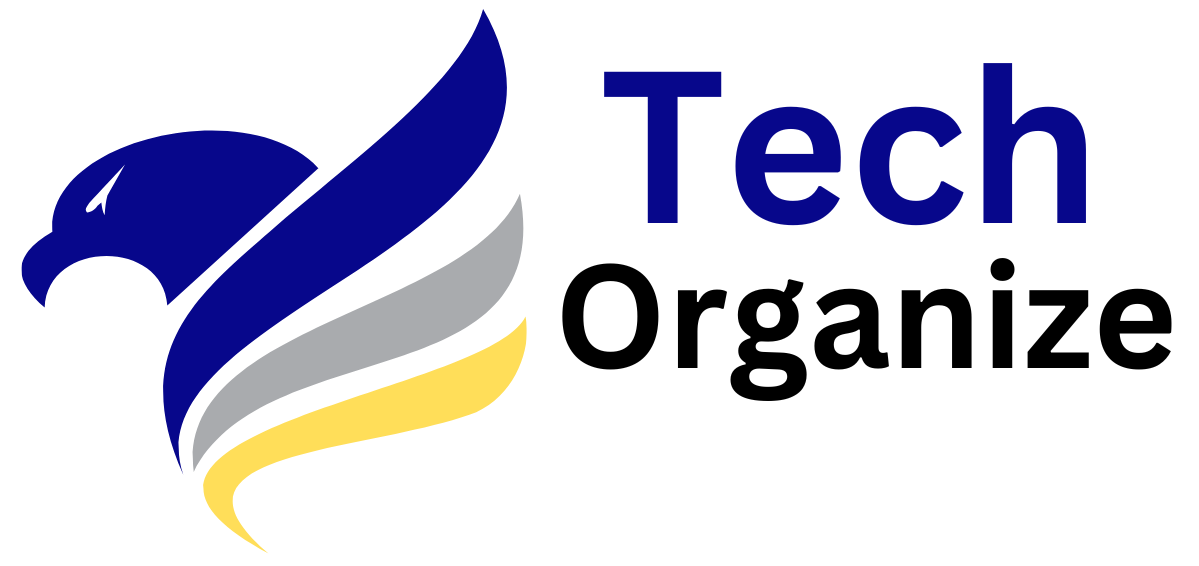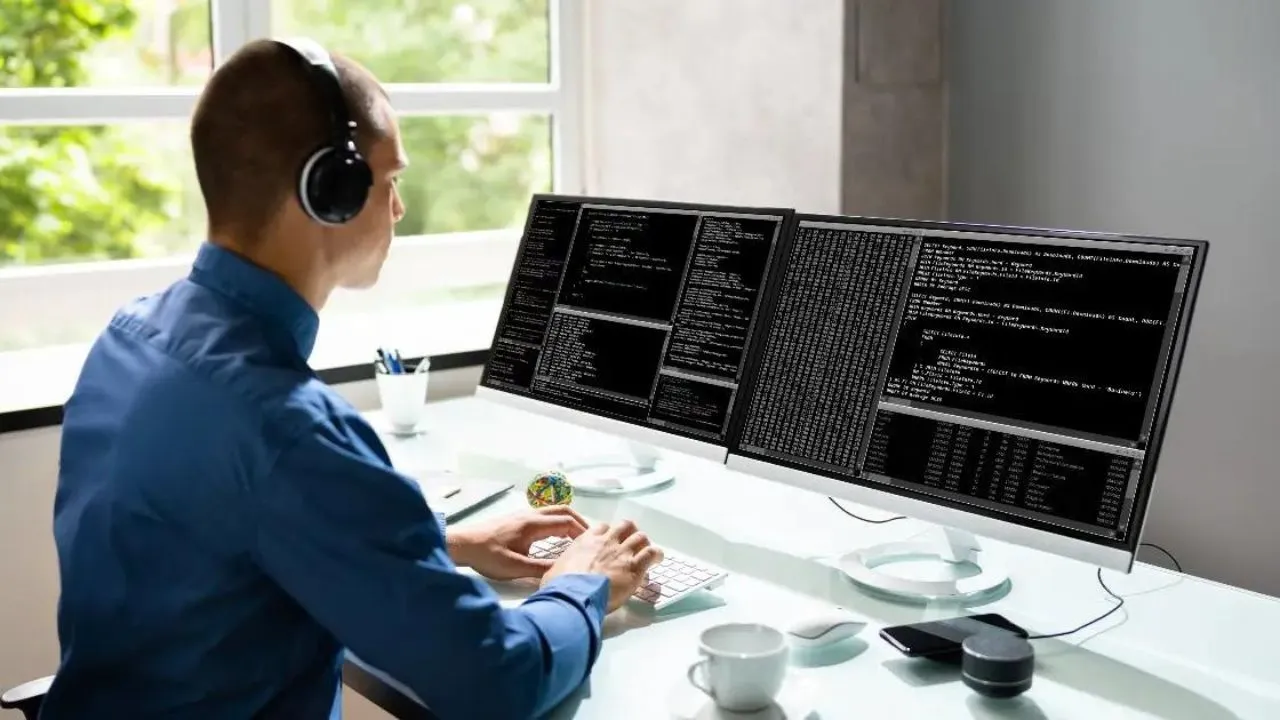- The specialized systems cyber security for artificial intelligence and education as cornerstones
- The threats deepfake based on artificial intelligence will become much more convincing
Experts from Kaspersky and the wider cyber security community gathered at the annual Kaspersky NEXT event in Athens and envisioned a two-pronged approach to tackling the threat posed by deep fakes. Sophisticated AI cybersecurity systems should go hand in hand with in-depth user education and awareness programs to guide people on how to spot the dangers of deep fakes and malicious AI actors.
Cybercrime is rapidly adopting new technologies. One of the most worrying trends is the rise of deepfakes – fake images, audio or video created with the help of artificial intelligence, which makes them look absolutely real – at least to the naked eye. The problem has become even more worrisome lately, as the tools to produce artificial intelligence have become more widespread and accessible to the general public.
Experts also predict that there will be a growing need for technology to protect personal AI systems from the ever-evolving threats aimed at them. We will increasingly depend on artificial intelligence technologies for everyday life. This dependency will introduce a new attack vector, attracting cybercriminals to exploit this vulnerability. This will likely force users to invest in protecting their personal AI from attacks.
As part of the event, ο Marco Preuss, Deputy Director Global Research & Analysis Team (GReAT) of Kasperskypredicts: “The future, like we observe itnot only will it require us to find technological solutions to the ever-evolving threats, but it will require us and change of mind. To hern in the golden age of journalism, where the quality of news is more important than ever, we must invest as much as possible in the education of users to protect our societies and democracies from disinformation and similar threats “..
“We have the capabilities and technologies to create new tools to protect our digital future, but what will be just as important is a change in mindset.” commented or Dan Demeter, Senior Security Researcher, GReAT, at Kaspersky. “We have to start thinking differently about staying safe online as the lines between online and offline become increasingly blurred. Staying safe from AI threats will be as much about how we think as how well we protect ourselves. Also, education and awareness will be criticali corneri stonei coupled with a robust cyber security solution.”
How to do it protect businesses from evolving AI-based threats
- Understand cybercriminal activity on the darkweb, anticipate potential risks and vulnerabilities while developing a cybersecurity strategy. U Kaspersky Digital Footprint Intelligence offers holistic dark web monitoring to quickly identify compromised credentials and mitigate potential attacks.
- It implements a sophisticated cyber security system that not only protects, but also leverages the power of artificial intelligence to enhance security and detection.
- Invest in educational training and cybersecurity initiatives and awareness at all employee levels. Apply security awareness training; to address the specific security needs of AI and minimize the risk of internal cyber security incidents.
- Use it threat intelligence services to collect information about recent attacks to protect computer systems from emerging threats;
- Complete with regulations. In addition to technological and educational approaches to mitigate risks, regulation is also needed. Many regulatory efforts have highlighted the risk of AI being used maliciously in cyberattacks, and regulators have called for better methods of detecting and watermarking AI-generated media.

